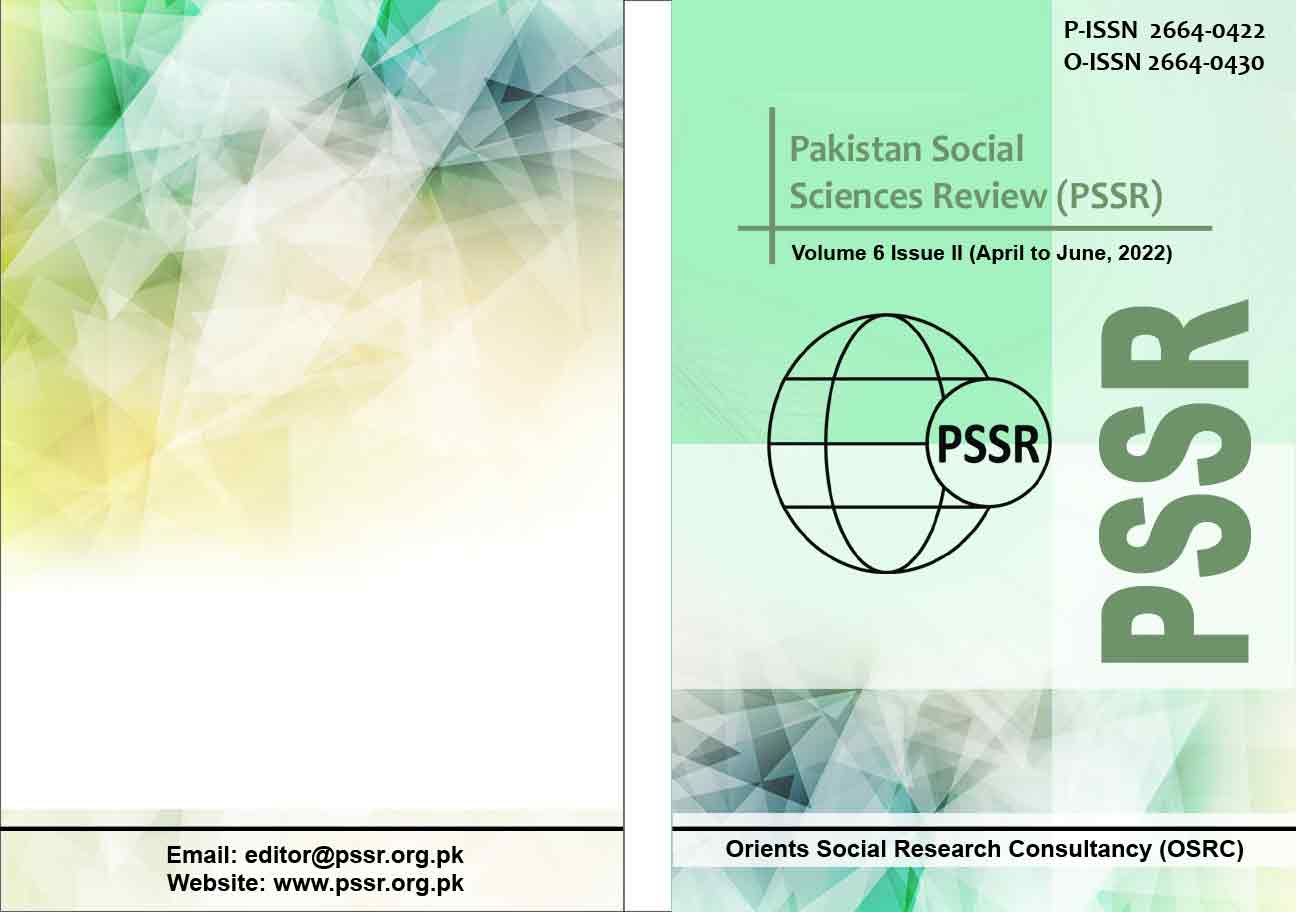Determinants of Financial Inclusion in South Asia: An Empirical Evidence
Keywords:
Financial Inclusion, Fixed Effect Model, Random Effect Model, South Asian CountriesAbstract
Currently, financial inclusion is considered a key mediator in achieving economic output. The primary aim of the current research is to construct a financial inclusion index and examine the different factors that affect financial inclusion in the context of South Asian countries. The time period of the study is 1980 to 2017. The financial inclusion index is used as a dependent variable that is computed based on access and usage of financial services. Independent variables include GDP per capita (GDPP), age dependency ratio (AGE), urbanization (URBAN), information and communication technology (ICT), and rule of law. A fixed effect model is used for regression analysis. Regression results indicate that, in South Asian countries except for urbanization, all the other variables play a significant role in the process of financial inclusion. Thus, governments of these countries should chalk out such policies which can provide the modern technology related to information and communication, improve the rule of law conditions, and increase the GDP per capita.
Downloads
Published
Details
-
Abstract Views: 190
PDF Downloads: 248
How to Cite
Issue
Section
License

RESEARCH OF SOCIAL SCIENCES (SMC-PRIVATE) LIMITED(ROSS) & PAKISTAN SOCIAL SCIENCES REVIEW (PSSR) adheres to Creative Commons Attribution-Non Commercial 4.0 International License. The authors submitting and publishing in PSSR agree to the copyright policy under creative common license 4.0 (Attribution-Non Commercial 4.0 International license). Under this license, the authors published in PSSR retain the copyright including publishing rights of their scholarly work and agree to let others remix, tweak, and build upon their work non-commercially. All other authors using the content of PSSR are required to cite author(s) and publisher in their work. Therefore, RESEARCH OF SOCIAL SCIENCES (SMC-PRIVATE) LIMITED(ROSS) & PAKISTAN SOCIAL SCIENCES REVIEW (PSSR) follow an Open Access Policy for copyright and licensing.






